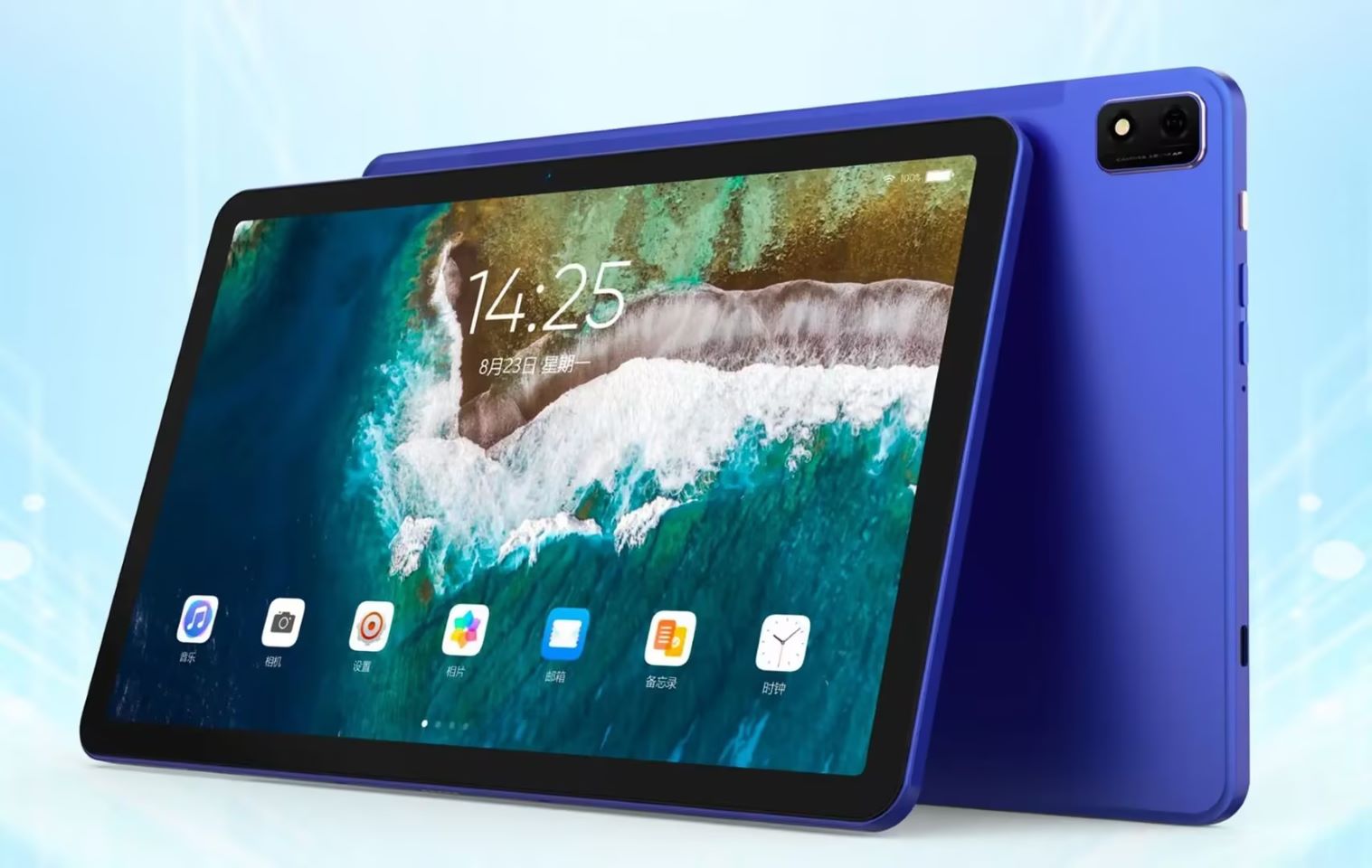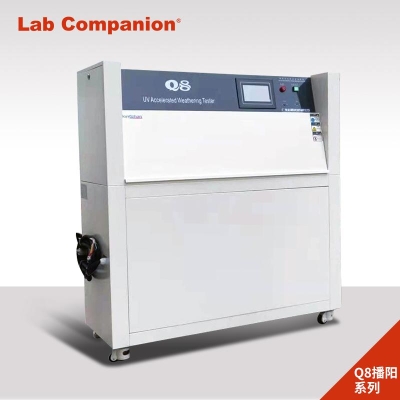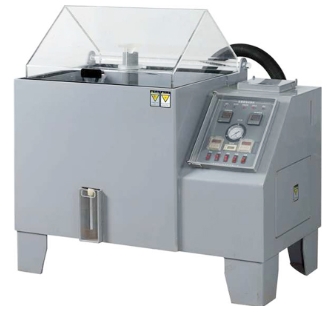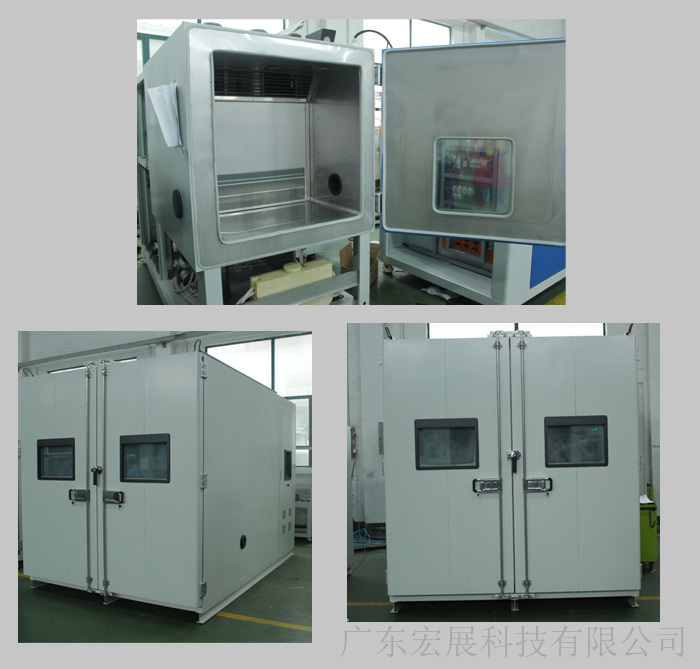Email Us :
info@lab-companion.com labcompanionltd@gmail.com-

-

Requesting a Call :
+86 18688888286
Tablet Reliability Test
A Tablet Computer, also known as a Tablet Personal Computer (Tablet PC), is a small, portable personal computer that uses a touch screen as its basic input device. It is an electronic product with strong mobility, and it can be seen everywhere in life (such as waiting stations, trains, high-speed trains, cafes, restaurants, meeting rooms, suburbs, etc.). People carry only simple coat protection or even no, in order to facilitate use, the design reduces the size, so that it can be directly placed in the pocket or handbag, backpack, but the tablet computer in the process of moving will also experience many environmental physical changes (such as temperature, humidity, vibration, impact, extrusion, etc.). Etc.) and natural damage (such as ultraviolet light, sunlight, dust, salt spray, water droplets... It will also cause artificial unintentional injury or abnormal operation and misoperation, and even cause failure and damage (such as: household chemicals, hand sweating, falling, terminal insertion and removal too much, pocket friction, crystal nails... These will shorten the life of the tablet computer, in order to ensure the reliability of the product and extend the service life to improve, we must carry out a number of environmental reliability test projects on the tablet computer, the following relevant tests for your reference.

Environmental test project description:
Simulate various harsh environments and reliability assessments used by tablet computers to test whether their performance meets the requirements; It mainly includes high and low temperature operation and high and low temperature storage, temperature and condensation, temperature cycle and shock, wet and heat combination test, ultraviolet, sunlight, drip, dust, salt spray and other tests.
Operating temperature range: 0℃ ~ 35℃/5% ~ 95%RH
Storage temperature range: -10℃ ~ 50℃/10% ~ 90%RH
Operating low temperature test: -10℃/2h/ power operation
Operating high temperature test: 40℃/8h/ all running
Storage low temperature test: -20℃/96h/ shutdown
Storage high temperature test: 60℃/96h/ shutdown
High temperature test of vehicle storage: 85℃/96h/ shutdown
Temperature shock: -40℃(30min)←→80℃(30min)/10cycle
Wet heat test: 40℃/95%R.H./48h/ power standby
Hot and humid cycle test: 40℃/95%R.H./1h→ramp:1℃/min→-10℃/1h, 20cycles, power standby
Wet heat test: 40℃/95%R.H./48h/ power standby
Hot and humid cycle test: 40℃/95%R.H./1h→ramp:1℃/min→-10℃/1h, 20cycles, power standby

Weather resistance test:
Simulation of the most severe natural conditions, solar thermal effect test, each cycle of 24 hours, 8 hours of continuous exposure, 16 hours to keep dark, each cycle radiation amount of 8.96 kWh/m2, a total of 10cycles.
Salt spray test:
5% sodium chloride solution/Water temperature 35°C/PH 6.5~7.2/24h/ Shutdown → Pure water wipe shell →55°C/0.5h→ Function test: after 2 hours, after 40/80%R.H./168h.
Dripping test: According to IEC60529, in line with IPX2 waterproof rating, can prevent water droplets falling at an Angle of less than 15 degrees from entering the tablet computer and causing damage. Test conditions: water flow rate 3mm/min, 2.5min at each position, checkpoint: after test, 24 hours later, standby for 1 week.

Dust Test:
According to IEC60529, in line with the IP5X dust class, can not completely prevent the entry of dust but does not affect the device should be the action and anquan, in addition to tablet computers are currently many personal mobile portable 3C products commonly used dust standards, such as: mobile phones, digital cameras, MP3, MP4... Let's wait.
Conditions:
Dust sample 110mm/3 ~ 8h/ test for dynamic operation
After the test, a microscope is used to detect whether dust particles will enter the interior space of the tablet.

Chemical staining test:
Confirm the external components related to the tablet, confirm the chemical resistance of household chemicals, chemicals: sunscreen, lipstick, hand cream, mosquito repellent, cooking oil (salad oil, sunflower oil, olive oil... Etc.), the test time is 24 hours, check the color, gloss, surface smoothness... Etc., and confirm whether there are bubbles or cracks.
Mechanical test:
Test the strength of the mechanical structure of the tablet computer and the wear resistance of the key components; Mainly includes vibration test, drop test, impact test, plug test, and wear test... Etc.
Fall test: The height of 130cm, free fall on the smooth soil surface, each side fell 7 times, 2 sides a total of 14 times, tablet computer in standby state, each fall, the function of the test product is checked.
Repeated drop test: the height of 30cm, free drop on the smooth dense surface of 2cm thickness, each side fell 100 times, each interval of 2s, 7 sides a total of 700 times, every 20 times, check the function of the experimental product, tablet computer is in the state of power.
Random vibration test: frequency 30 ~ 100Hz, 2G, axial: three axial. Time: 1 hour in each direction, for a total of three hours, the tablet is in standby mode.
Screen impact resistance test: 11φ/5.5g copper ball fell on the center surface of 1m object at 1.8m height and 3ψ/9g stainless steel ball fell at 30cm height
Screen writing durability: more than 100,000 words (width R0.8mm, pressure 250g)
Screen touch durability: 1 million, 10 million, 160 million, 200 million times or more (width R8mm, hardness 60°, pressure 250g, 2 times per second)
Screen flat press test: the diameter of the rubber block is 8mm, the pressure speed is 1.2mm/min, the vertical direction is 5kg force flat press the window 3 times, each time for 5 seconds, the screen should display normally.
Screen front flat press test: The entire contact area, the direction of the vertical 25kg force front flat press each side of the tablet computer, for 10 seconds, flat press 3 times, there should be no abnormal.
Earphone plug and remove test: Insert the earphone vertically into the earphone hole, and then pull it out vertically. Repeat this for more than 5000 times
I/O plug and pull test: The tablet is in standby state, and the plug terminal connector is pulled out, a total of more than 5000 times
Pocket friction test: Simulate various materials pocket or backpack, the tablet is repeatedly rubbed in the pocket 2,000 times (friction test will also add some mixed dust particles, including dust particles, yan grass particles, fluff and paper particles for mixing test).
Screen hardness test: hardness greater than class 7 (ASTM D 3363, JIS 5400)
Screen impact test: hit the most vulnerable sides and center of the panel with a force of more than 5㎏